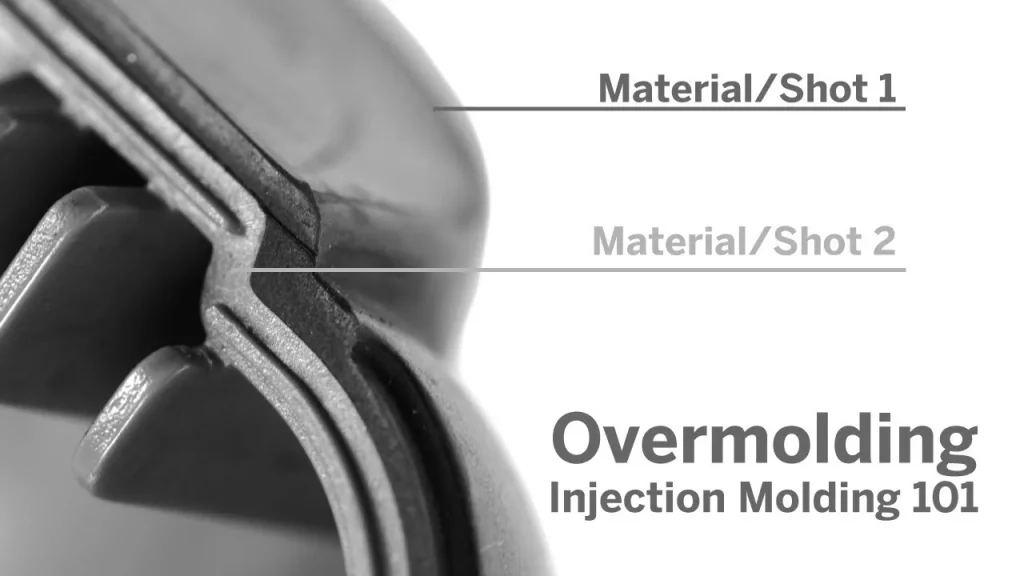Rubber and plastic are materials found in many of our everyday products. These materials are strong, flexible, and perfect for almost any shape required for our industrial applications. We need to use injection molding technology to produce the products we want from rubber and plastic. Instead of describing injection molding technology, today we will discuss with you a subset of injection molding technology – overmolding technology.
Today’s overmolding technology is the most used process in industrial production. It is now an increasingly popular choice for manufacturing consumer products, medical devices, and portable devices. Overmolding technology can improve many products’ functionality, performance, and aesthetics.
In this article, you will learn about the overmolding process. This will include how the process works, the materials, the applications, and their benefits. You will learn a lot about this process when you finish reading this article. Let’s get started. Continue reading to learn about:
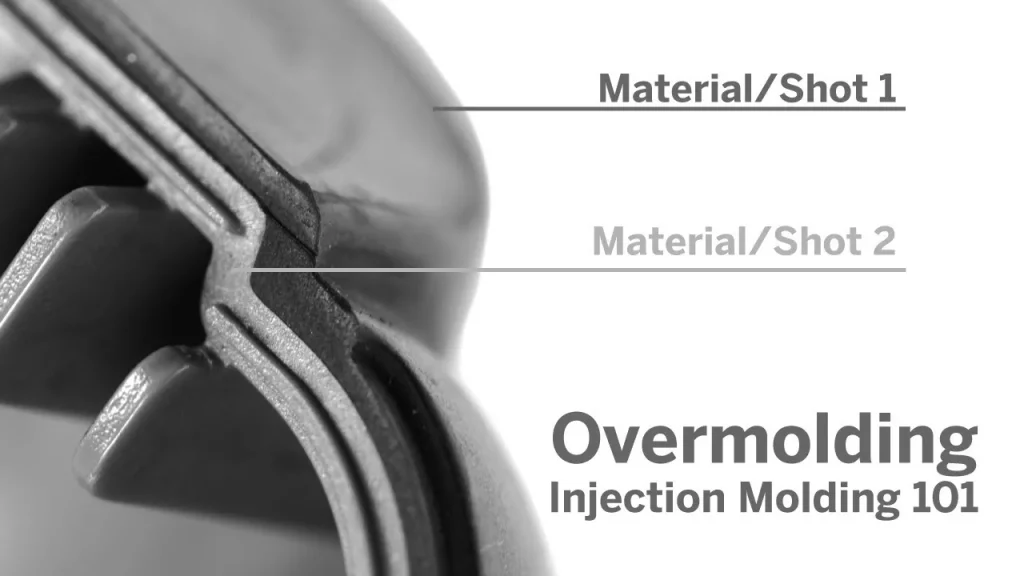
What is overmolding technology?
Over-molding is a multi-step injection molding technology known as 2K over-molding or secondary molding. This process directly produces a product or component by combining two or more materials. It differs from traditional molding methods, where overmolding requires an additional injection cycle when multiple materials are used to make a finished product.
The principle of over-molding starts with a substrate, usually made of plastic parts (or possibly metal) produced by conventional injection molding, which will have partial cavities and separate cavities representing the over-molded part. Then a relatively soft TPE or TPU material is bonded to the substrate. The entire process is completed in one shot in the injection mold.
The over-molding process is suitable for manufacturing various products and is commonly used in industrial or manufacturing-related fields. For example, by laminating plastic or rubber with other materials (metal) to make custom parts, the process can produce the entire finished product in a single pass, making it more cost-effective in shipping or storing semi-finished products for industrial or other applications. In addition, it can solve problems that ordinary single-material injection molding processes cannot solve. For example, over-molding technology can be used to cover a plastic handle for a better grip on an everyday toothbrush, or it can be used to combine wires and connectors into a seamless, complete assembly.
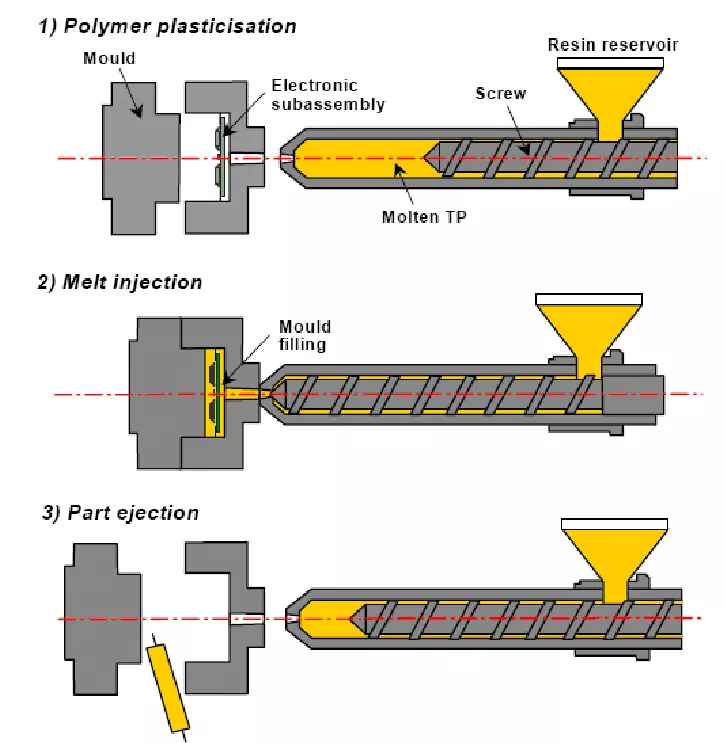
How does overmolding technology work?
The over-molding process laminates two or more materials to create a final product or component. Plastic over-molding technology has two types of processes that determine how a base material molded product is manufactured.
Insert molding is a process that uses molded materials or components placed into an over-molding tool and then charted with molten thermoplastic or rubber.
Secondary molding, unlike insert molding, requires the use of two injection molding machines that first inject the substrate, which then follows the elastomeric mold into the injection molding machine, using heated substrates in a semi-solid state and then injecting the transverse portion of the hard section into the substrate.
To better understand how overmolding technology works and how the process works, we can look at the process as two components. The first part is the substrate, and the second is the over-molding. The substrate is the base material (the basic model of the product, which can be a variety of materials, including plastic, rubber, and metal), and the secondary material, which is the material you want to “cover” with the substrate.
This overall process can, in some cases, involve two or more over moldings, the number of over moldings depending on the product required and the capabilities of the manufacturer you choose. Here we recommend Elimold, who are expert in this field.
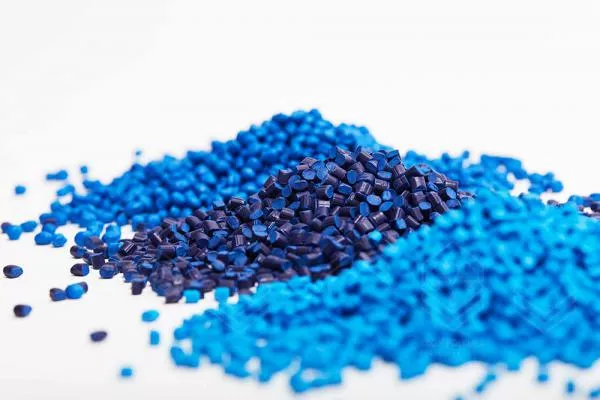
What materials are typically used in overmolding technology
For those who are not familiar with over-molding technology, choosing the right material can be a very difficult task. If you want to know which materials are best for overmolding, here is an overview of the endless possibilities of random combinations of materials that can be used in overmolding technology. It depends most of all on the end product of the design.
Different materials have different benefits and properties, and professional service providers have a common evaluation process for all materials when choosing an over-molding material. New materials are constantly being developed on the market. Here we list some of the materials commonly used in overmolding technology.
(1) The base material is used for all inserts in over-molding and is usually a thermoplastic hard plastic. Commonly used are acrylonitrile-butadiene-styrene plastic (ABS plastic), a mixture of ABS and PC (PC/ABS alloy), PC plastic, nylon plastic (PA), high-impact polystyrene (HIPS plastic), SAN (AS plastic), PS plastic, PE plastic, PP plastic, etc.
(2) The choice of Covering materials varies depending on the functional requirements of the designed end product. Covering materials for secondary injection molding are usually selected from TPE, thermoplastic rubber (TPR), thermoplastic polyurethane elastomer (TPU), thermoplastic polyurethane elastomer (TPEE), and soft PVC. The appropriate soft plastic is generally selected based on the performance and functional requirements of the product, such as temperature resistance, strength, resilience, softness to touch, cost factors, environmental characteristics, and viscosity. For example, the handle of the screwdriver is soft to the touch; the cover material needs to choose elastic thermoplastic elastomer (TPE); the shell requires partial light transmission and waterproof and dustproof requirements in IP67 or more; the design of the mechanical assembly method is difficult to achieve the requirements of IP67, and the assembly process is complex, you can use transparent PC and PC with color combination into secondary molding products to meet the requirements.
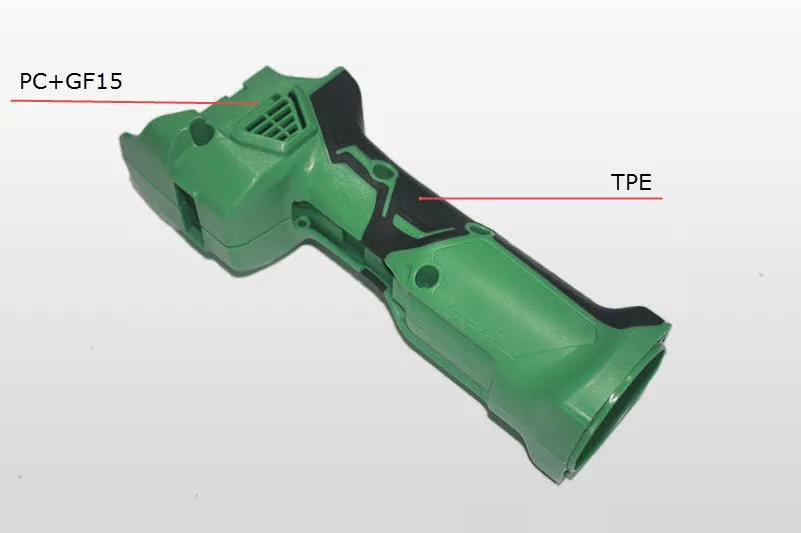
A closer look at the Advantages and Disadvantages of overmolding technology
The benefits of overmolding are numerous. It is relatively simple to manufacture products with multiple materials or colors using this process. Compared to other manufacturing methods that require transferring parts to different molds or machines, the over-molding process can produce products with fewer person-hours and at a lower cost. In addition, overmolding reduces the need for product assembly. Parts are produced in one complete run, resulting in a stronger, more durable product.
Today’s overmolding process is often the manufacturing technology for high-volume production and products with multi-color (colored) and multi-layer designs. However, over-molding has its drawbacks. The upfront cost of over-molding is relatively high. Because the process requires special molds or separate tooling, the process is slower in efficiency than traditional molding techniques. It is only very cost-effective when dealing with smaller-volume products. There is also the existence of elastomers that do not adhere to certain types of substrates, which is more of a test of the experience and ability of the manufacturing service provider and the engineer, and the partner needs to be aware of the risks in this regard.
Applications that can take advantage of overmolding technology
Plastic over-molding is used in many applications and can be very helpful for ergonomics, increasing product rigidity, and diversifying product color designs. The following applications can be manufactured by combining one or more processes in over-molding technology.
Consumer products: toothbrushes, bowling bottles, cell phone cases, thumb drives, GPS navigation devices, step stools, patio chairs, storage boxes, and various toy products
Automotive: doors, dashboards, handles, knobs, and a variety of controls, as well as manufacturing automotive vibration isolation products
Medical: defibrillators, medical cables, pacemakers, and other medical equipment
Beauty: perfume bottles, powder, makeup brushes, other product housings, curling iron housings, etc.
In addition to the above examples of industries and related products, we will not list them all here due to the wide range of applications of the over-molding process. If you are unsure if your product design is suitable for the over-molding process, please contact Elimold Enterprises to evaluate and manufacture for you. Please email us at [email protected] or contact us directly on our website.
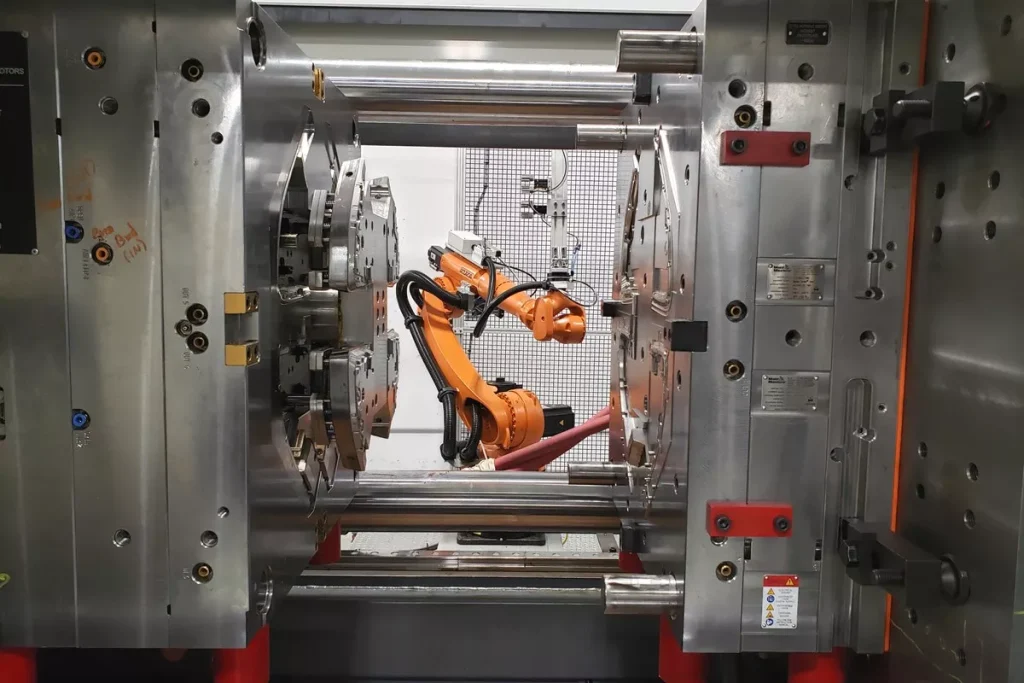
Elimold’s Overmolding Services
The best over-molded products can only be manufactured with a thorough understanding of over-molding technology. A team that can make your product complex, answer questions, and provide advice is your first choice.
Perhaps you are reading this article and have an over-molding-related question. Our reliable, experienced engineers and production team at Elimold are ready to serve you.
At Elimold, we have perfected our overmolding injection molding services so you can easily request our services and get the final product you want. You can get a quote and receive the final product quickly, even on a tight schedule.
Conclusion
After reading this article, you don’t have to wonder, “What is over-molding technology” anymore; basically, everything you probably wanted to know about over-molding technology has been answered in this article. We have described how it works, the advantages and disadvantages, and the industries and products to which it can be applied.
The secondary molding process is popular and useful, oh you deliberately, and the process is not expensive. If you still have questions about over-molding or how it can help your business develop prototypes or products, contact us today. Our team of experts is ready to help you and trust us at Elimold to provide the best over-molding services.

